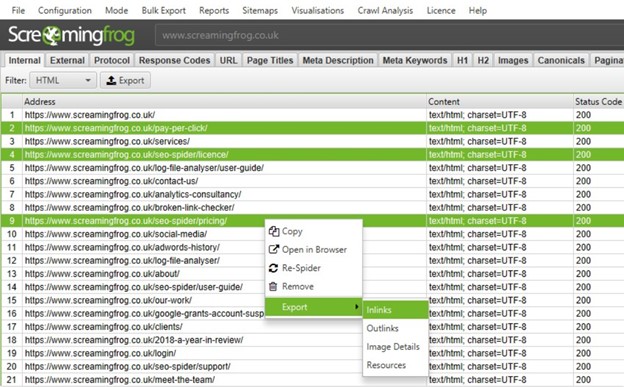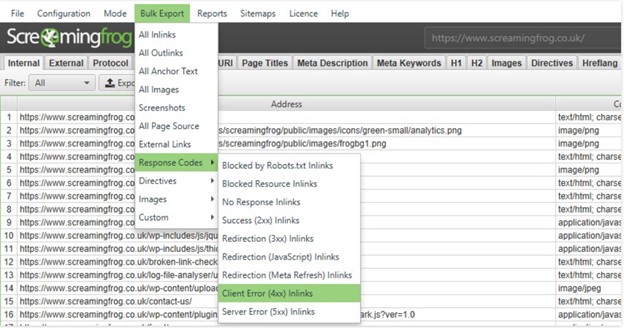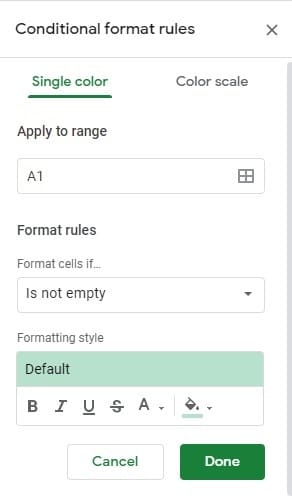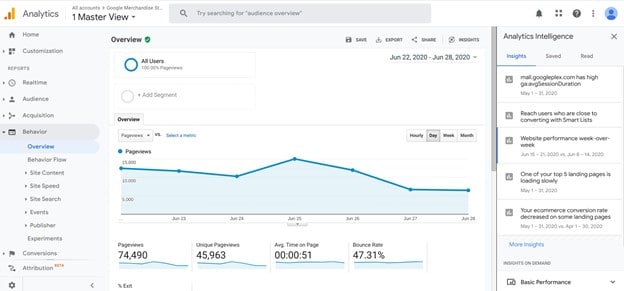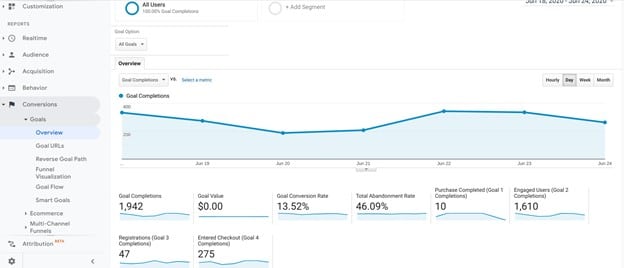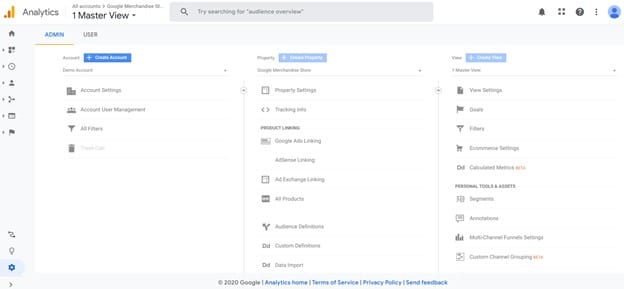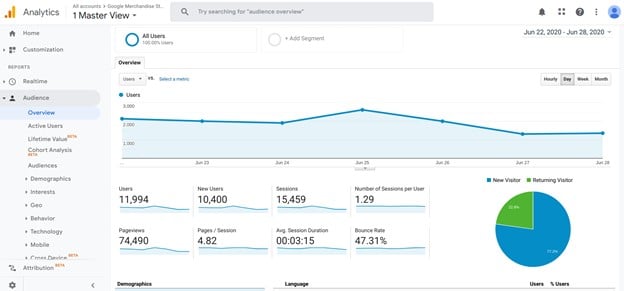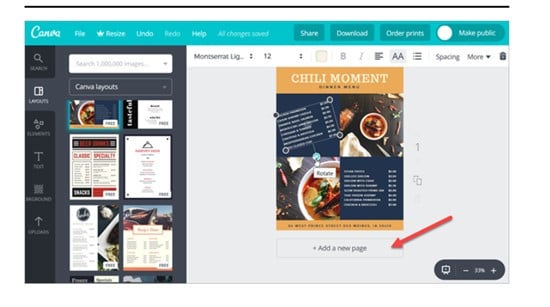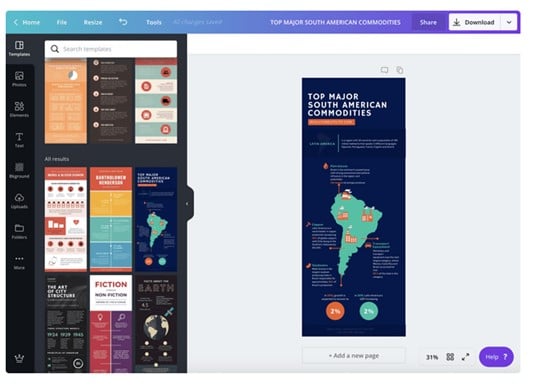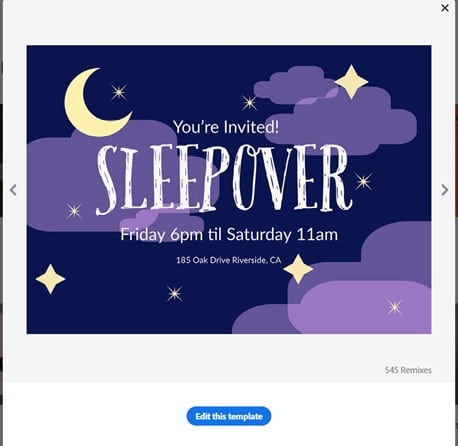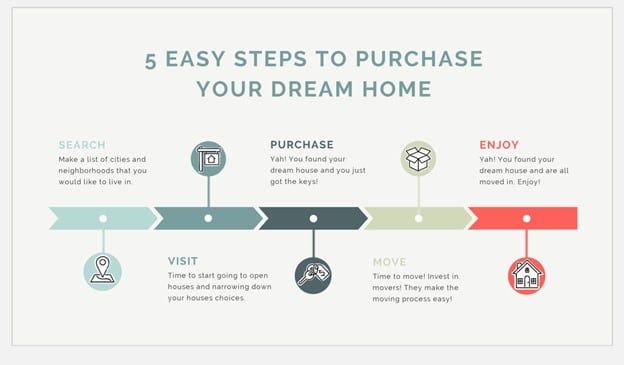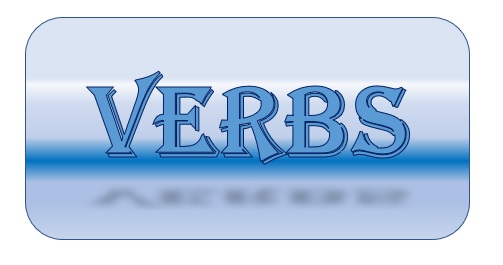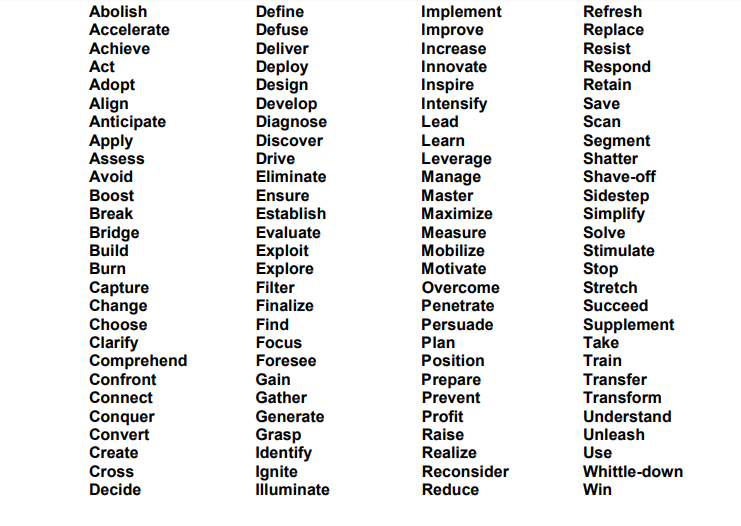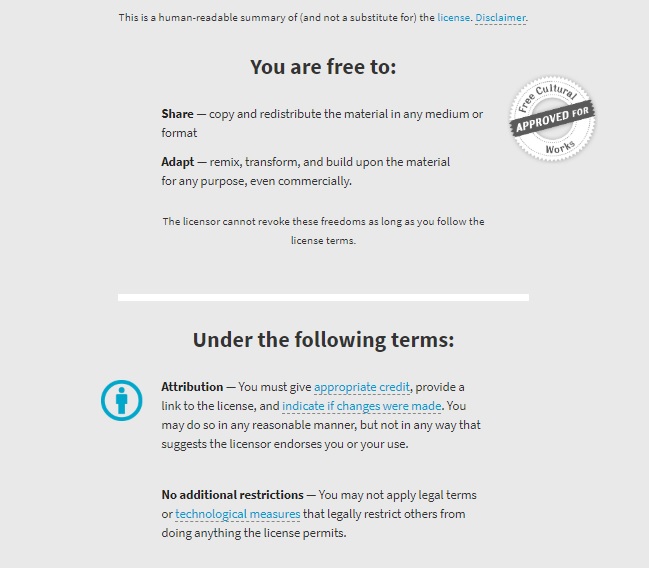The Writers For Hire (TWFH) team member Melanie Green has more than 15 years of writing experience and specializes in digital marketing content. With TWFH, Melanie is the go-to expert on blog campaigns for businesses.
For this installment of Copywriter Q&A, we asked Melanie for her insights on the best practices for launching an effective blog campaign.
TWFH: We hear a lot of hype about blogs being an important aspect of company websites. In what ways can having a blog help a business?
MG: Blogs can help businesses in a lot of ways. A blog creates more content that can be found and linked to. It gives businesses more opportunities to utilize SEO keywords in an organic way that can help search engine rankings. It can even be used to answer common customer questions.
A blog gives credibility to the company and positions it as a thought leader or expert. It can also ensure that a business’s website comes across as up-to-date and relevant. Who hasn’t gone to a website to see that its last blog post was two years ago and questioned whether the company was even still in business?
TWFH: Those are some really compelling arguments for starting a blog! So, if someone is considering launching a blog campaign for their business, how should they get started?
MG: First, they need to have a platform available on their site to upload blogs on. I’m preferential to WordPress because of the plug-ins that are available, including the editorial calendar and Yoast. The editorial calendar lets you plan posts with a month-long view, and Yoast is a free tool that helps with search engine optimization.
Next, they’ll need to make decisions about who will write the posts, how frequently they’ll post, and what the topics will be.
TWFH: What is the best way to come up with a theme or topic for the campaign?
MG: I’m not sure that there’s a single “best way,” but there is a process that I follow. To find blog post ideas, I would:
- Answer common questions my customers have
- Provide information that would overcome sales objections from customers in the sales process
- Find frequently asked questions online related to my topic
- Review recent news to see if there’s anything that’s relevant
- See what my competitors are writing about
- Use topic generator tools like Answer the Public and Buzz Sumo
- Use keyword tools like SEMRush and Google Keyword Planner, aiming for relevant keywords that have high search volume and low competition
- Create variations of my most successful posts
TWFH: How frequently should blogs be posted? Is there a rule or best practice?
MG: Consistency is the key. If you can only commit to one post a week, then it should be every week, posted on the same day. It’s worse to post two in one week and none for three weeks.
Technically speaking, websites benefit the most from two posts a week. More can be better, especially for more competitive search terms. However, I always recommend that clients start by posting two posts a month and work their way up toward twice a week. Since quality is just as important as consistency, you don’t want to sacrifice quality.
TWFH: Do all of the blogs have to be new content, or can old content be recycled (if it’s relevant, of course)?
MG: The same content can’t exist in two places at once. So, it’s okay to update old blog content, but you wouldn’t want to re-issue it as a new post, even if the content has many little changes to it. This could hurt a website’s search engine rankings. If it’s a part of a monetization program, such as Google AdSense, having duplicated content can end the monetization agreement.
In general, it’s a good idea to only post new content to a business’s blog, while updating past posts for accuracy and keyword usage. Keyword performance changes over time, so this should be reflected in past posts.
TWFH: Should blogs be written in-house? Or is it OK to contract them out?
MG: I’m not sure that it matters where the content is written as much as who is writing it. If a business wants to invest money into hiring a staff writer with experience writing blogs, then it’s perfectly OK to have blogs written in-house. Writing is one of the most interesting fields, in that most people are capable of writing words down on a page. However, it doesn’t make them a writer. It’s still important to hire someone with experience that understands online writing and keyword usage and has the ability to turn work around to meet an editorial calendar.
For many companies, getting this expertise in the most cost-effective way is by contracting blog writers. Not all blog writers are the same, though. You can find a very inexpensive blog writer and end up with low quality or plagiarized content that you have to spend a lot of time to edit and fix. Finding the right set of writers can take time and you’ll need the budget to do so.
What often happens is that companies try to get blog content out on their own first before hiring blog writers. They’ll get busy working on other tasks and blog writing for their own site takes a backseat to other work. That’s when we’ll often see companies looking to collaborate with contract blog writers.
TWFH: What other components should a successful blog campaign have?
MG: Successful blog campaigns have 100% original blog posts of at least 500 words, consideration to keyword targets and usage, relevant pictures with alt-tags, and meta descriptions. The most successful campaigns are also well-advertised. Simply writing a post isn’t enough to drive traffic to it. It’s important to also share it with the world.
TWFH: What is the best way to distribute blogs?
MG: The most obvious way is through social media. This is low hanging fruit and should always be a part of the process. It’s also helpful to embed links to posts on relevant Quora or forum questions and to ask other blog owners to include your post on link round-ups.
TWFH: How will you know if your campaign worked? What is the best way to measure success?
MG: The success of a campaign depends on your goals. Is it to gain new traffic? Measuring success could simply mean more page views with a lower bounce rate, which means that they’re more engaged and didn’t immediately hop off your page.
TWFH: This is all great advice! Is there anything else that you’d like to add about blog campaigns?
MG: If companies want to get started with more content marketing, blogs are a great way to go. There’s no limit on how many you have, and it adds to the value of the site itself.




